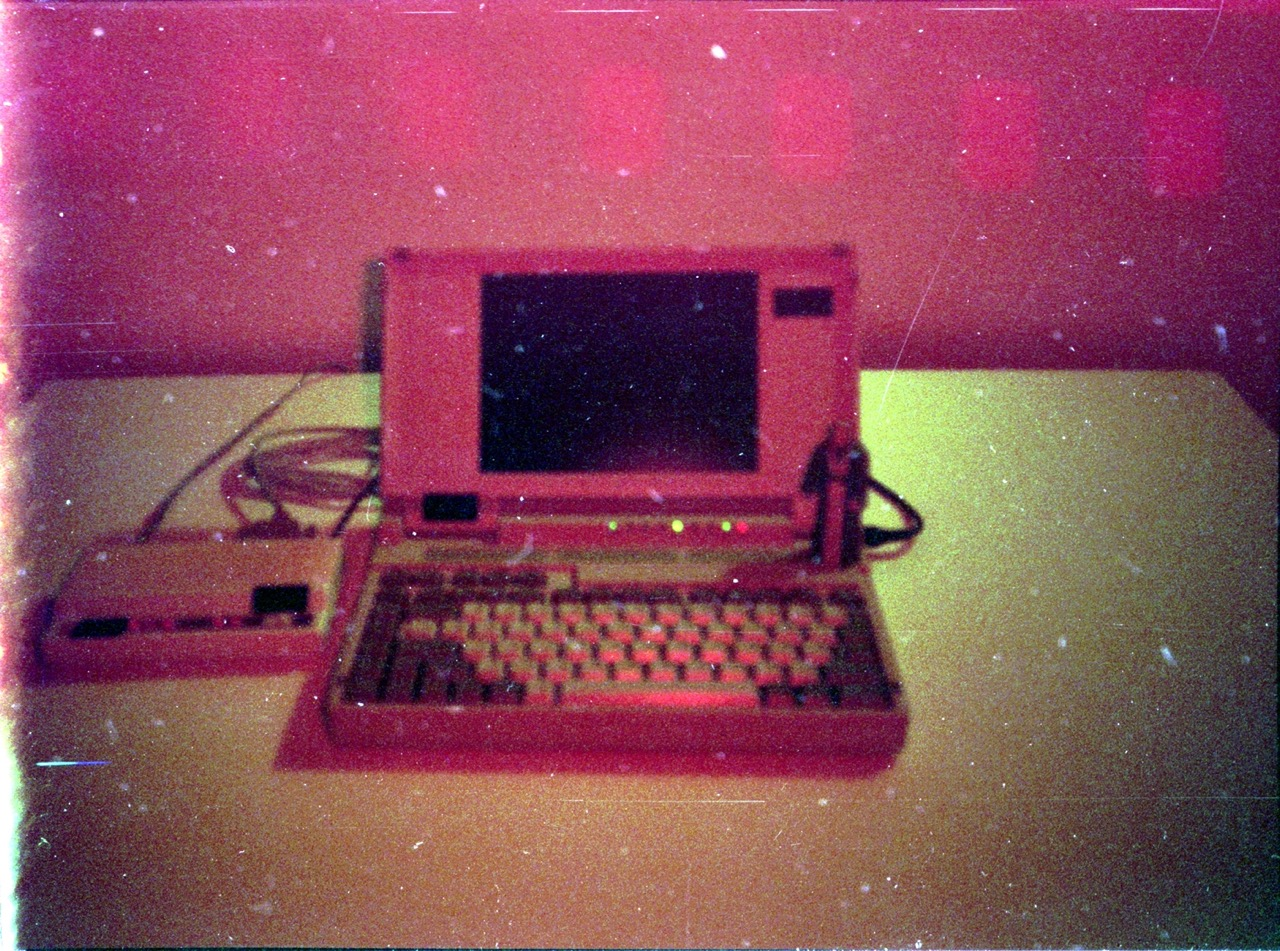

Cable One renamed themselves to /Sparklight, basically to get out of the Cable One promise that they were supposed to triple everyone’s internet speed for no extra charge once they upgraded all their lines and equipment.
When companies rename themselves, they’re basically legally relieved of any prior promises, obligations, or class action lawsuits made/filed under the old company name.









Nah, they mailed all their customers, informing everyone that once they finished upgrading their infrastructure, that they would triple every customers’ internet speed for no extra charge.
Then, as everyone waited in hope, within like 6 months they renamed to /Sparklight, and that 100Mbps > 300Mbps upgrade they promised disappeared like a fart in the wind, plus /Sparklight ended up eventually increasing customer bills anyways, without any performance increase.
Honestly I think that’s exactly why they renamed, just because they wanted to back out of that promise, but didn’t actually have the fine print to legally back out.